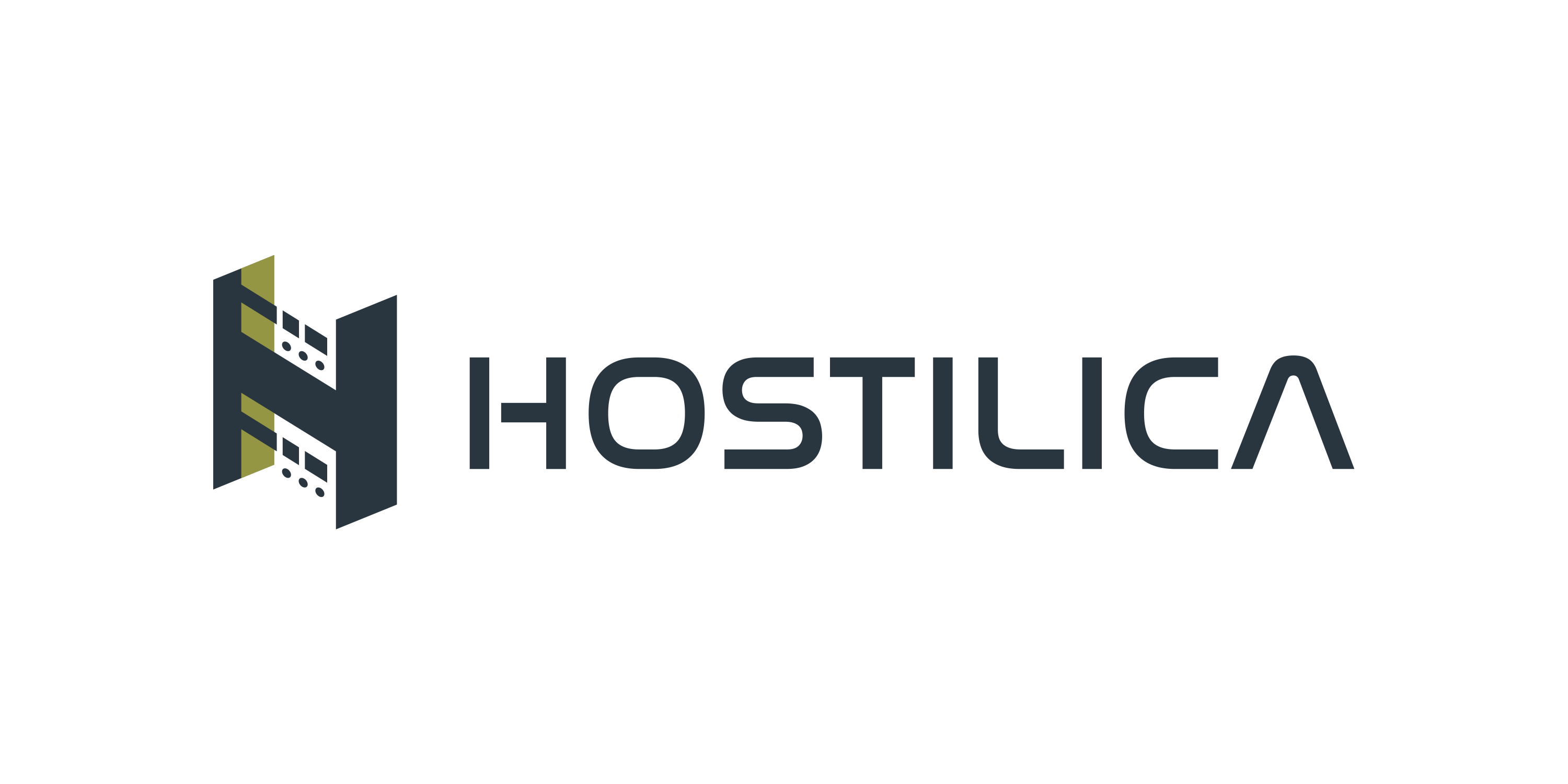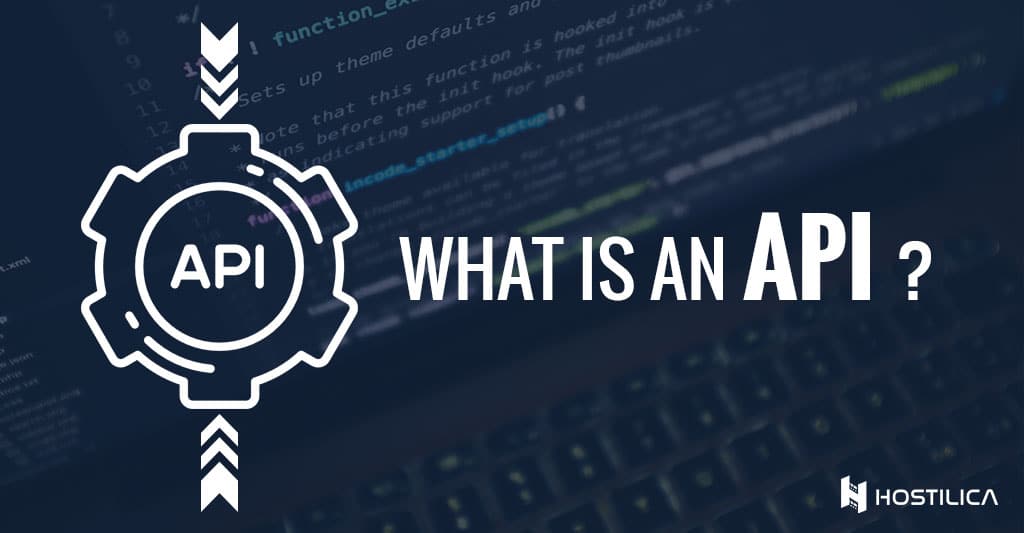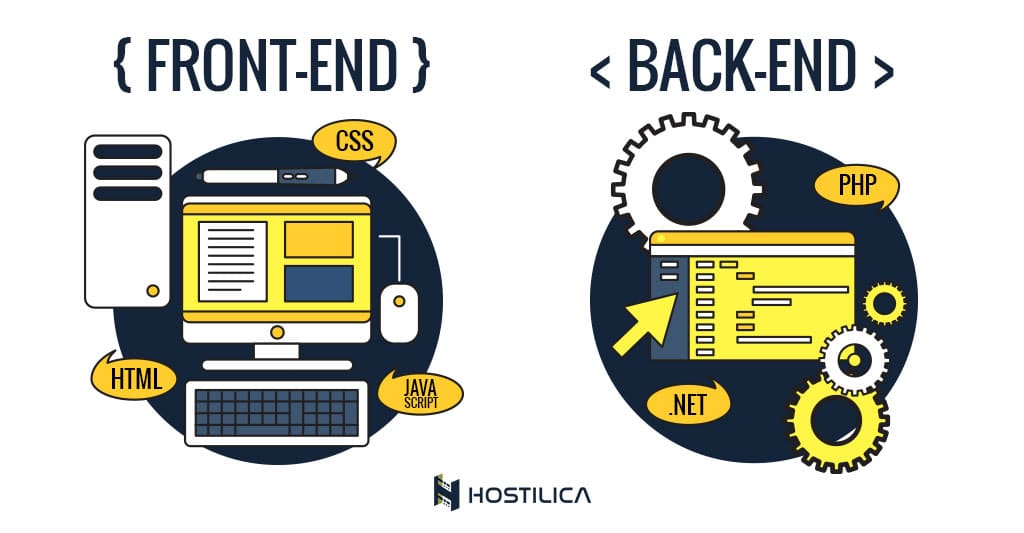Software Development Life Cycle (SDLC) is a method that clearly defines the processes and tools required to create high-quality software. The SDLC methodology is focused on the following phases:
- Analysis of requirements
- Plan
- System Design
- Software development
- Test
- Implementation
What is the software development cycle?
Software Development Life Cycle, also known as SDLC, is a method that creates software at the lowest possible cost and quality in the shortest amount of time. SDLC is a structured flow of phases that allows an organization to produce high-quality software quickly and be ready for production.
How the SDLC works
SDLC reduces the cost of software development while improving quality and reducing production times. SDLC achieves these seemingly divergent goals through a plan that eliminates common pitfalls in software development projects. This plan begins by evaluating current systems for any deficiencies.
It then defines the requirements for the new system. The software is then created through the following stages: analysis, planning design, development, testing and deployment. SLDC prevents costly errors like not asking the client or end-user for feedback. This allows them to eliminate unnecessary rework and after the deployment fixes.
It is important to note that the emphasis on testing is very strong. Because the SDLC is repetitive, it is important to ensure that every cycle of code quality is met. While many organizations spend little time on testing, a strong focus on testing can help them save a lot of time, money, and rework. Make sure you are smart about writing the right types of tests.
Let’s now look at the various stages of the Software Development Cycle.
Stages
The stages in SDLC will ensure that the process runs smoothly, efficiently, and is productive.
1.Requirement analysis
“What problems does the system need to solve?” The process of making a list of all the requirements that the system needs to meet while taking into account all stakeholders’ opinions including customers, programmers, salespeople, and industry professionals. With improvement as the goal and to learn the strengths and weaknesses of your system
2.Planning
“What are we looking for?” This stage of the SDLC estimates the costs and resources needed to implement the requirements. This document also outlines the risks involved and offers sub-plans to mitigate those risks.
This means that the team must determine whether the project is feasible and how they can execute it with minimal risk.
3.System Design
“How can we achieve what we want?” The system design phase converts the software specifications into a design blueprint. The plan is then reviewed by all stakeholders who can offer suggestions and feedback. It is crucial that you have a plan to collect and incorporate stakeholder input into the document. Failing to do so will almost certainly lead to cost overruns and even the complete collapse of the project.
4.Development
This is where the actual development begins. Every developer must follow the agreed blueprint. Make sure that you have clear guidelines regarding code style and practices.
5.Testing
We test for defects and other deficiencies such as logical errors and bad performance in this stage. These issues are fixed until the product meets all specifications.
We want to check if the code meets all the requirements.
6.Implementation
This stage is where the goal is to move the software into the production environment. Users can then start using it. Many organizations opt to move the product through multiple environments, such as a staging or testing environment which allows all stakeholders to play with the product safely before it is released to the public and identifying last mistakes.
Additional Software Maintenance
We must also update the software as the world changes. Developers now have more responsibility for the development process.




